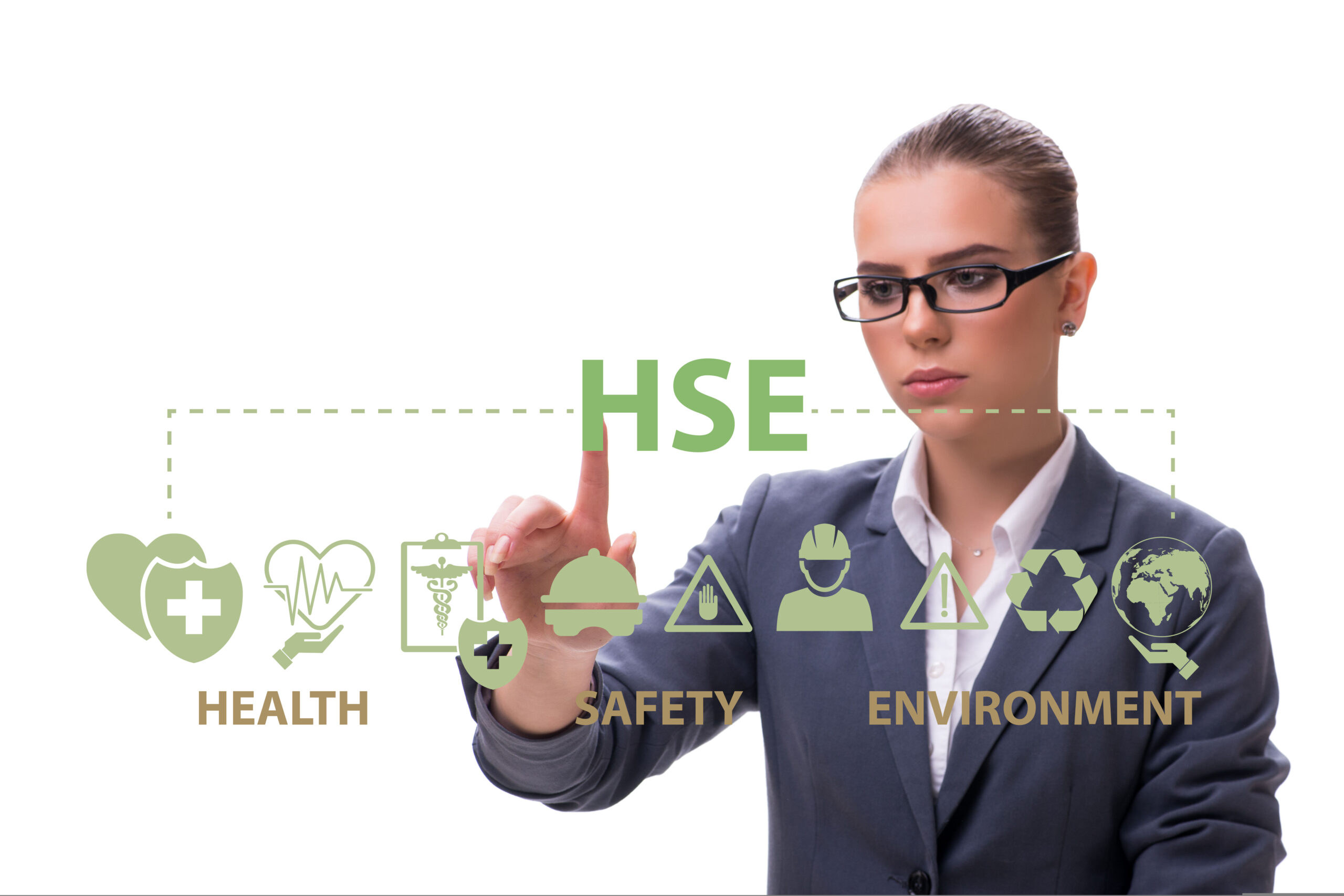Some work environments are inherently extremely noisy. This environmental factor could be a serious hazard to workers if it is not handled correctly. As stated by the Centers for Disease Control and Prevention (CDC), roughly 22 million workers encounter dangerous noise levels on an annual basis. The industries most notorious for extreme noise pollution (i.e., construction, farming, warehouse and distribution) are those that involve a lot of moving vehicles and machinery, which tend to generate a fair amount of noise. Those who regularly operate in an environment with continual exposure to high noise levels could eventually suffer from permanent hearing loss. Even before that point, high and continuous noise levels can negatively affect a worker’s quality of life and cause:
- Isolation from impaired hearing and difficulty communicating
- Cognitive (mental) decline and lack of concentration
- High blood pressure, heart disease, and cardiovascular issues
- Depression and anxiety
- Tinnitus (a condition that causes a continuous ringing sound in the ears)
- Sleeping disorders.
Hearing loss can also be the result of a one-time exposure to a very intense or extremely loud sound (even for a short period), such as happens with an explosion or firearm discharge.
Prevention
A noise mitigation plan aims to reduce the overall impact of noise levels in the workplace. As one tool available to employers attempting to prevent hearing loss and ensure a safer workplace, an adequate noise mitigation plan should address all sources and levels of noise that can reasonably be anticipated through the lifespan of the work. For example, a noise mitigation plan for a construction project would include measures incorporated into the planning and layout of the construction site, such as determining more open areas for the location of haul roads so there is less additional noise pollution for heavy equipment operators to experience, ensuring that machinery is well maintained or (if possible) new so that it is guaranteed to be in good working order and will create less noise, incorporating temporary barriers around noisy machinery, and planning schedules to control the rotation of workers who are exposed to the noisiest work areas.
There are several other means for both employers and workers to prevent hearing loss in the workplace.
Hearing Protection
Using hearing personal protective equipment (PPE) such as disposable ear plugs or earmuffs can help protect workers and reduce the risk of hearing loss in addition to other mitigation techniques. Hearing protection should be worn when workers are exposed to noise levels of 85 decibels (dBA) or higher. Employers are required to provide hearing protection and other PPE to workers at no cost to them. Employers must also train workers on how to safely use all PPE, including hearing protection.
Chemical Exposure Control
Some chemicals are ototoxicants, causing damage to the ear. This damage can result in hearing loss and make ears more sensitive to noise’s harmful effects. Employers should ensure that these chemicals are eliminated from the workplace or replaced by safer substitutes (if possible), control measures such as adequate ventilation are in place, workers have been provided adequate training and information (safety data sheets) on the hazards and appropriate handling procedures for chemicals in the workplace, and PPE (as well as training for how to use it) is supplied to all workers. The CDC’s number one recommendation for workers to mitigate the risks involved with chemical work is to be alert to each chemical’s hazardous information detailed on the chemical safety data sheet (SDS). Workers should read and understand these SDSs and correctly wear PPE to protect themselves.
Hearing Tests
The Occupational Safety and Health Administration (OSHA) requires that employers make audiometric testing available at no cost to all employees who are exposed to noise levels of 85 dB or above, measured as an 8-hour time-weighted average (TWA). This test should be administered for each employee within six months of that worker’s first exposure to noises at the established action level to serve as a baseline for comparing with subsequent tests (administered at a minimum of once per year). EHS software can help organizations and individuals stay on top of hearing loss prevention in the workplace by streamlining the coordination and analysis of several continually changing factors.
Noise Level Assessments
EHS software can be used to more easily manage the required workplace audits and inspections that help to identify risks, including those which could cause hearing loss, and ensure compliance with OSHA’s Occupational Noise Exposure Standard. Through centralization and digitization, EHS software also assists companies with the follow-up processes after collecting the data, as the comprehensive documentation of audits can be more easily stored, accessed, and shared. Specifically, when it comes to conducting regular noise level assessments, EHS management software allows safety teams to quickly collect noise exposure data and hearing conservation examination records and store them all in one central location. This information can then be displayed with visuals such as dashboards or easily shared with workers or appropriate authorities for further monitoring, tracking, and analyzing noise level assessments and incorporating these details into the company’s employee medical surveillance program. EHS software can also be used to track which employees are due for what medical surveillance testing and then set automated scheduling for assessments to keep on top of regulatory requirements more accurately.
Employee Safety Training
All workers must be adequately trained on best practices for handling the hazards associated with their work. Whether this means educating workers on how to wear PPE, what processes are necessary in an emergency, or how to report incidents or unsafe actions, establishing understanding is key. EHS software can help reduce the burden of the administrative work that comes with training, freeing up management to spend more time supervising tasks and engaging workers to make sure operations are being carried out correctly. EHS software can automate scheduling and certification reminders, emailing or messaging both supervisors and workers when training is due, assigned, completed, or about to expire. Reminders for overdue or upcoming training can be set to escalate as an extra measure to make sure it is completed on time.
In every feasible way, employers should continuously move towards the creation of quieter work environments. This benefits employees as well as the surrounding community. Noise mitigation plans (used to highlight any potential sources of noise before the commencement of operations) can be used in the planning and design phase of projects. Once work has begun, monitoring noise levels through regular assessments is a crucial part of preventing hearing loss for employees. EHS software can be a powerful aid in protecting workers from dangerous noise levels by collecting and centralizing important data, ensuring workers are monitored for hearing loss and provided the proper hearing protection for their jobs, and coordinating training to make sure all personnel understand the hazards or exposure levels to noise on the job.
Publisher Bio
The SafetyStratus Research Advisory Group (RAG) brings together thought leaders from the global environmental, health, and safety community to promote best practices and provide key insights in the profession and the industries they serve. The Research Advisory Group also advocates, where practical, the intersection of and advances with the use of technology, such as the SafetyStratus enterprise EHS software platform. Group membership consists of representatives from across varied disciplines and market sectors as well as select members of the SafetyStratus team.
The primary objectives of the SafetyStratus RAG partnership are to:
- Build a strategic partnership between EHS practitioners and the SafetyStratus team.
- Provide engaging and practical content to the global EHS community.
- Provide discipline and market feedback specific to SafetyStratus products and services.
While the objectives of the RAG are varied, the primary public-facing outcome will be available through engaging and practical content found on the SafetyStratus resource pages. Various articles, papers, and other valuable resources will be produced and shared as part of an ongoing effort to cultivate a robust community. Ultimately, the SafetyStratus RAG will expand to have a broader reach and provide opportunities for more inclusion by all interested EHS professionals in a collaborative community environment.



